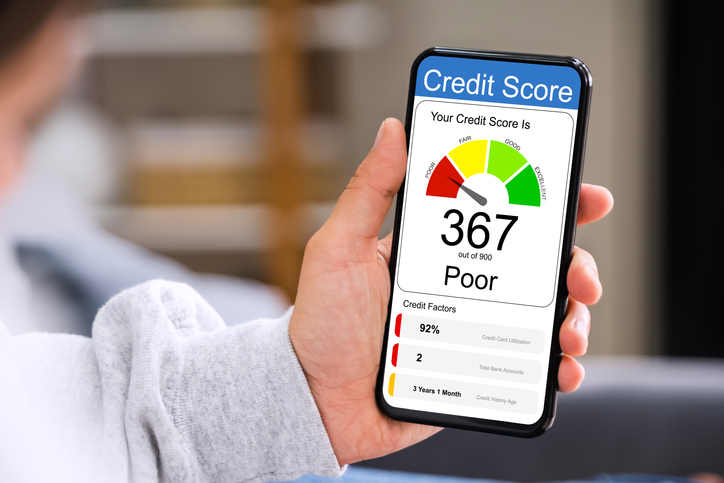An emergency fund is a personal financial goal based upon your specific needs. Therefore, your ideal emergency fund amount is contingent upon your life and financial situations. Determining how much you should have in an emergency fund can be incredibly overwhelming in itself.
An emergency fund goal should include numerous stages to create a more actionable and attainable budget. This guide will help decrease the confusion surrounding how much should be in your emergency fund to help you be more successful in your savings.
Determine What Your Emergency Fund is For
Because of debit cards and credit cards, it is easy to spend money in the bank. Whether or not you already have an emergency fund in place, determining what you’re saving for (not just a general emergency) will provide more real-life motivation which equals more will to save. Think of real-life scenarios that may occur such as job loss or sickness and determine how much such a scenario could cost you. Then, add that cost to your emergency fund goal.
Estimate Your Costs
When estimating your costs, make a list of all the things you absolutely need and have to pay for, such as a car payment, insurance, educational loans, rent, a mortgage, groceries, etc. Then, add up what you normally spend on entertainment: subscriptions, movies, dining out, nonessential shopping, vacations, etc. Calculate the amount you spend each month on necessities vs. entertainment to determine your emergency fund amount you would like to have set aside.
Create a Detailed Budget
Ideally, your emergency fund should eventually consist of six months of living expenses. After estimating your costs and determining your emergency fund goals, create a detailed monthly budget. This budget should include your necessary costs, a specific amount to set aside for your emergency fund, and entertainment costs.
An easy way to ensure this budget is followed is to write a note in your calendar on each payday including what that money will be contributing towards (necessities, savings, entertainment). Incorporating monthly or bi-weekly payments into your emergency fund plan makes six-month and yearly goals more feasible and less overwhelming. Maybe you can’t save everything in a couple of weeks, but can you set aside 2% of each paycheck? 5%? The more you set aside, the quicker it will grow, but even a little is better than nothing.
Closing Thoughts
Hopefully, you now know how much you need to contribute to your emergency fund. Emergencies are never planned and often come at the worst time possible. While the more you save the better, it is completely understandable if the most you can contribute toward an emergency fund is a very small portion of your income. Setting aside even a small amount will contribute tow planning for your future and decreasing financial stress. Lift Credit realizes that financial challenges come unplanned. See how we can help you in a case of financial emergency.









